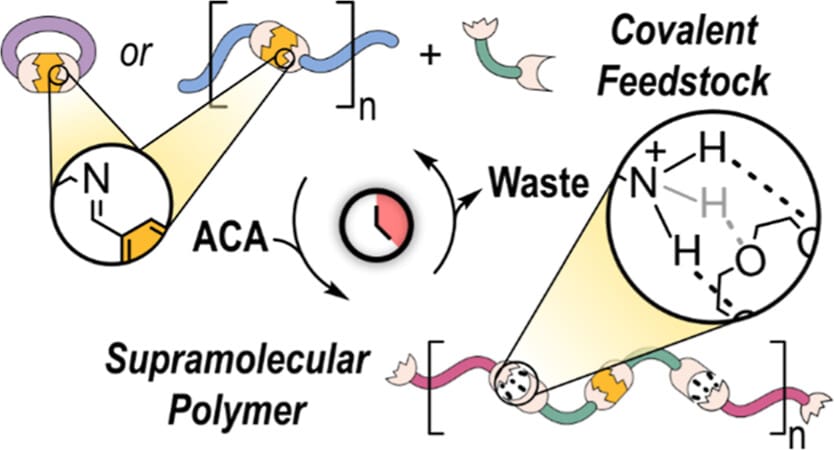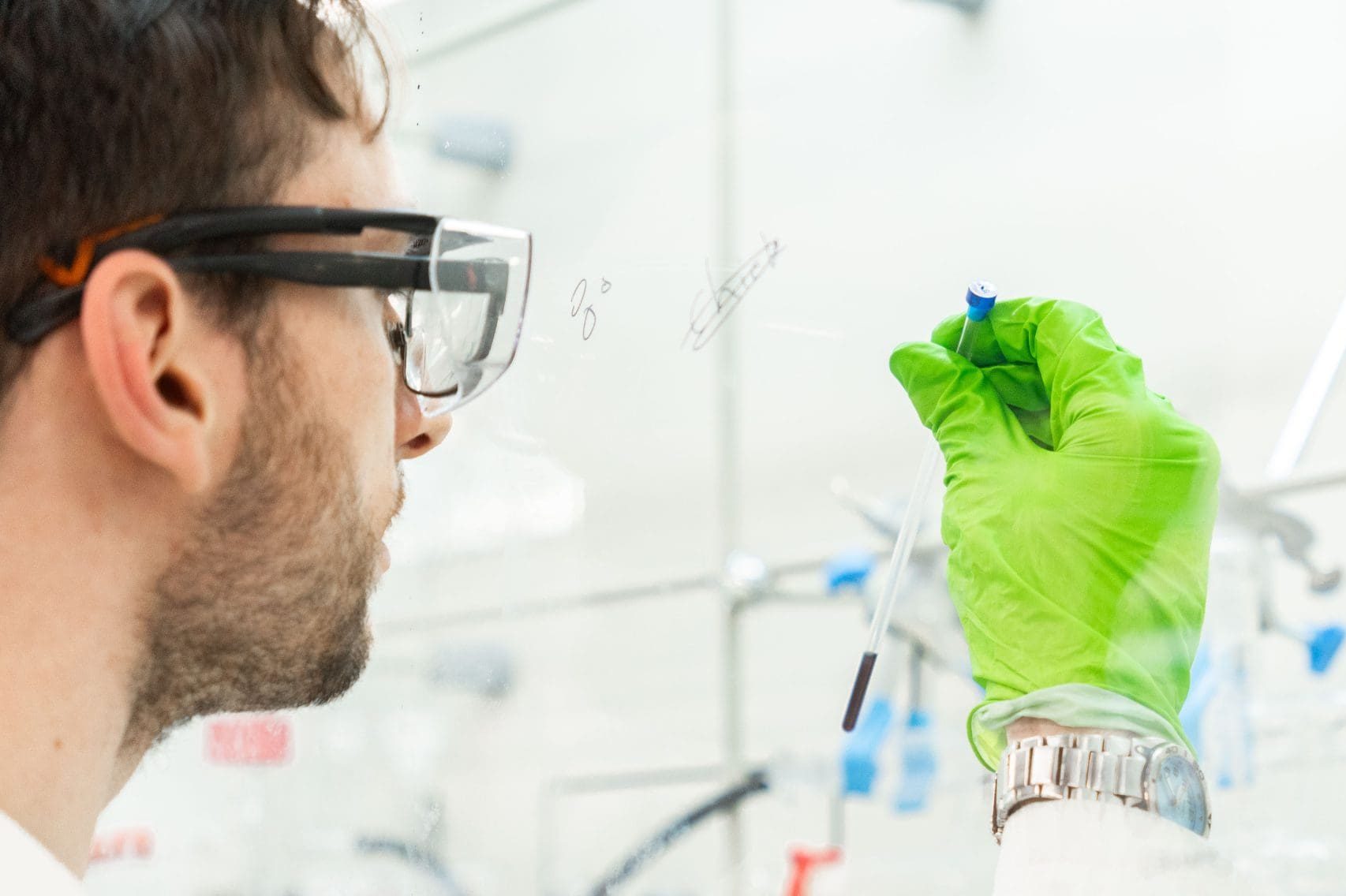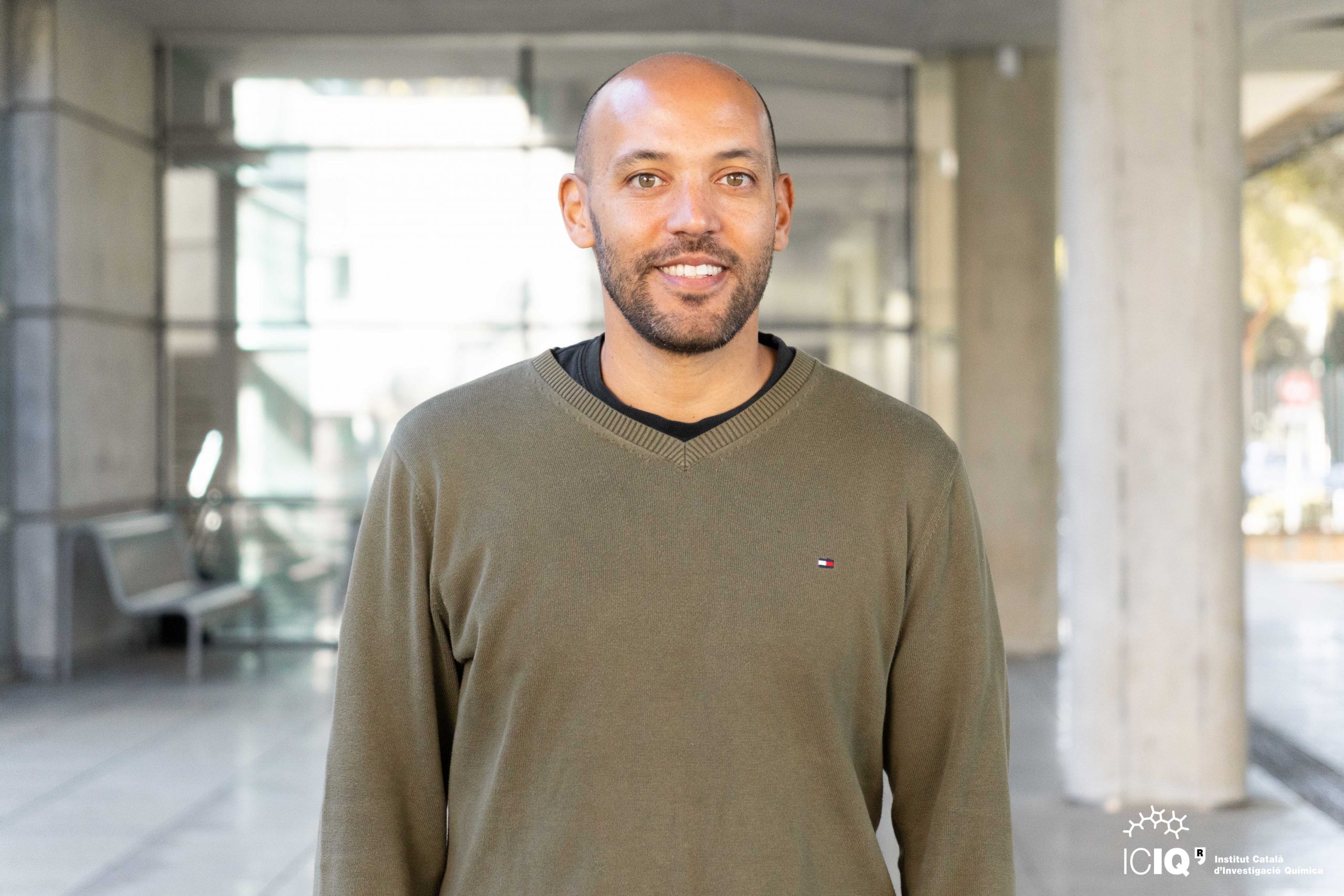New findings for adaptive and self-healing materials
ICIQ researchers harness chemical stimuli for reversible and sustainable material design
2nd April 2025 – A study conducted by Dr. José Augusto Berrocal’s group at ICIQ, in collaboration with Prof. Di Stefano’s team at the Università di Roma “La Sapienza”, presents a new approach to transient supramolecular polymerisation. The findings, published in the Journal of the American Chemical Society (JACS), describe a reversible process in which dynamic covalent chemistry and supramolecular interactions enable temporary material transformations, following a closed chemical cycle.
Dr. Berrocal comments, “This research presents a new approach to trigger and reverse polymerisation without permanent chemical changes. One can see it as a way to continuously recycle the same chemical components and give them a new chemical shape. The hope is that we can now build on this example of combining dynamic covalent chemistry with supramolecular interactions to design more advanced systems that respond to external stimuli. I think that this can lead to more sustainable and more sophisticated adaptive materials.”
The study demonstrates how dynamic covalent chemistry and supramolecular interactions work together to trigger a reversible polymerisation process. In this method, a dynamic combinatorial library of aliphatic imines and aromatic amines is treated with an activated carboxylic acid. This results in a new library of aromatic imines and protonated aliphatic amines. Under acidic conditions, supramolecular polymers form due to interactions between the protonated aliphatic amines and the crown ether groups in the aromatic imine structure. Once the activated carboxylic acid, the chemical fuel, is used up, the system returns to its original covalent state, showing that the process is fully reversible.

Circular approach to polymer chemistry
Supramolecular polymers are characterised by their ability to respond to external stimuli due to their reversible interactions, including hydrogen bonding, π–π stacking, and metal–ligand coordination. This study builds on previous research into out-of-equilibrium polymerisation processes inspired by biological systems, such as the reversible formation of actin filaments or microtubules in cells.
Materials designed with this approach can temporarily acquire specific properties, such as mechanical strength or elasticity, in response to a chemical stimulus. Once the stimulus is removed, they revert to their initial state. These properties can be applied to the development of self-healing materials and responsive systems.
The polymerisation process described in this study follows a closed cycle. Chemical fuel initiates a supramolecular polymerisation, while its depletion restores the original covalent state. This approach aligns with sustainable material design principles, minimising waste and enabling full recyclability of the material.
Potential applications
This method provides a framework for developing recyclable, stimuli-responsive materials. It allows the conversion of covalent material reservoirs into supramolecular polymers and back, supporting a circular material use model. The process operates without permanent chemical modifications, ensuring complete recyclability of the material components.
By demonstrating the transient conversion of covalent materials into supramolecular polymers, this research contributes to advancing supramolecular chemistry and material science.
Reference article
Imine-Based Transient Supramolecular Polymers
Melchiorre, G.; Visieri, L.; Valentini, M.; Cacciapaglia, R.; Casnati, A.; Baldini, L.; Berrocal, J. A.; Di Stefano, S.
J. Am. Chem. Soc. 2025
DOI: doi.org/10.1021/jacs.5c00274
Related news

Let's create a brighter future
Join our team to work with renowned researchers, tackle groundbreaking
projects and contribute to meaningful scientific advancements






 02-04-2025
02-04-2025 

















